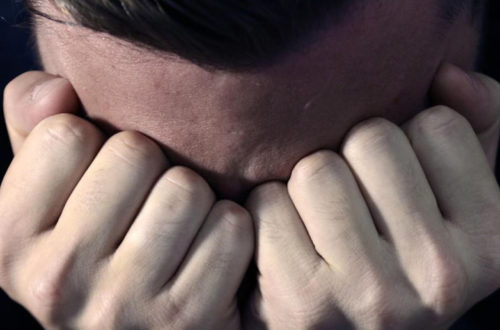Last week a teen client told me he had recently self-harmed and was having thoughts of doing it again. Common among my clients who either cut, skin-pick (dermatillomania), or hair-pull (trichotillomania) is a tendency to isolate, self-harm, and shame themselves to the extent the only relief they can find is to carry out the behavior again. It’s an agonizing cycle hard to break without support, therapy, and possibly medication. Because I believe relationships are most important to healing, I recommended open discussion with his family.
“I can’t tell my parents,” he replied, eyes locked on the floor.
“What might stop you from reaching out to them”?
I always ask this because it helps me assess strength of familial relationships.
“My mother told me if I even think about cutting, I’m going to the hospital.”
Unfolding as it did, the child felt safer confiding in a relative stranger than he did to the people who are supposed to be the safest and most compassionate in his world.
Whereas I once mistook their reactions as callous and distant, I now understand them as anxious and desperate, and the more experience I gain, the more empathy I have for parents who try to scare their kids away from self-harming. No parent wants to see their child locked in a psychiatric unit, but many parents are unsure how to help their child. In place of connecting, they distance themselves through fear tactics that push their children further into darkness. Parents don’t seem to understand their child who self-harms already feels alone, isolated, numb, worthless, lost, and a million other awful things. What they don’t need piled on is an overreaction that reinforces their fear of being a family blight, and a source of shame. Typical parent reactions to self-harm are why I pull families into therapy.
Most parents who reach out to me believe they can drop their child off to be fixed and picked up later as if their child’s behaviors exist in a vacuum. The problem is that the child returns to the same family dynamic, and if the dynamics don’t change, it’s hard for kids to change. It’s often daunting when I invite parents to join sessions as I anticipate resistance that stems from parents’ fears of being blamed for their child’s behavior. Kids also lament an assumed inability to reveal their darker thoughts with their parents present. The gap is immediately evident, and my role is to build bridges, and turn parents’ ears into soft landing strips on which their kids’ words can land. We are meant to feel connected to our families, and only when kids sense that connection will they feel safe enough to share painful thoughts and feelings.
When parents see scars, or find fresh blood or bald patches, they emotionally overreact rather than thoughtfully respond. It’s understandable given the shock of discovering their child is willfully self-harming, and could die even if that is not their child’s intention. While the decision to cut is a child’s choice, parents’ overreaction is also a choice. Kids don’t need to hear their behavior is “wrong’ or “bad” because these judgments are harmful, and make parents untrustworthy. Neutral responses such as calm tones, asking questions, and validating feelings are more useful in stressful times, and help kids feel safe. Therapists utilize this approach because overreacting to any thought or behavior creates an atmosphere of judgment, and will chase clients away. I suggest parents listen with compassion, then offer support through questions and statements. I also model those interactions so parents can see the way kids respond to me en vivo.
Questions like, “Can you tell me your thoughts before you cut?” or validating statements like, “I can only imagine what you must be feeling,” create engagement, and stimulate dialogue. When kids experience parental compassion, they may become more compassionate toward themselves. Kids cover scars because they understand the associated stigma, but while parents focus on the shame of external scars, they ignore internal wounds most in need of attention. When kids feel safe in their family, they will be more likely to process painful feelings in a less destructive way. Self-harm is rarely, if ever, the fault of family, but that doesn’t remove responsibility associated with negative overreaction that perpetuates behavior. Calm parents calm their kids, and thoughtful response to self-harm starts the process of building connection, and connects kids to the world through the love and support of family.
In Need of Support? Get Free Help for Self-Harm Here






3 Comments
gemmanewbery88
This is a fascinating read. I agree with the notion that kids can be fixed instantly. I also think it can go the other end of the spectrum where a kid is seen as permanently broken. I knew someone as a child where her parents almost pretended like it wasn’t happening. It turns out her own father went through the same thing and couldn’t cope with his own trauma, so blocked out his daughter’s situation.
Vincent
Thank you, Gemma. When parents aren’t accountable, their kids cannot be either.
gemmanewbery88
I couldn’t agree more. I look forward to reading more of your work!